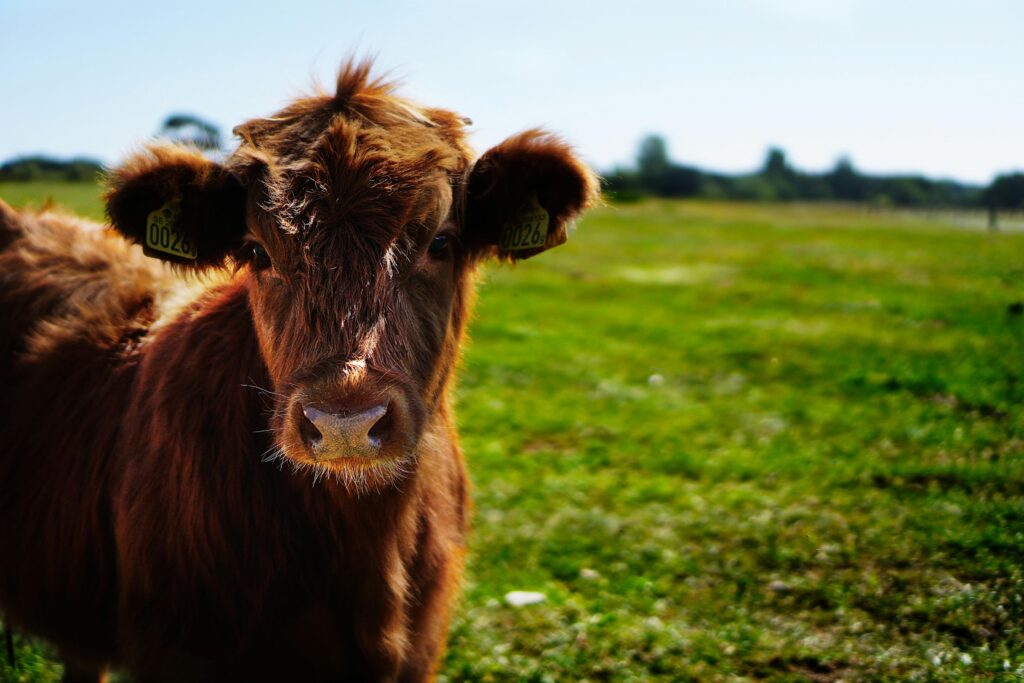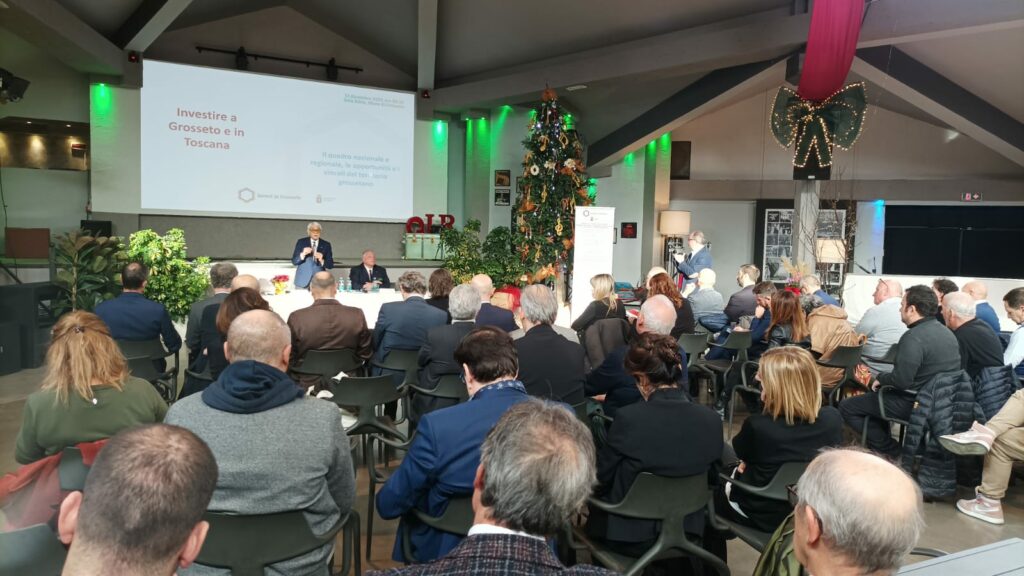The European industrial association Business Europe has raised the issue of bureaucratic slowdowns within the European Union, identifying them as a significant obstacle to investment. In response to this issue, the association has made proposals to address the issue in the next legislative term.
Fredrik Persson, president of Business Europe, pointed out that complex and protracted industrial licensing procedures are an obstacle to transformations toward more sustainable and digital practices for companies, threatening the European Union’s overall competitiveness.
According to a study of 240 companies, 83 percent believe that complexity and length in the permitting process is a barrier to investment. Business Europe highlights several critical factors, including the response time of public authorities, the complexity of national and EU legislation, and the lack of coordination between different authorities involved. On average, obtaining a permit takes between one and six years.
The European business association proposes a number of measures, including a reduction in permit time, penalties for administrative delays, and legal protection for officials. Business Europe hopes that these recommendations will guide the European Union’s policy agenda after the election of the new legislature (2024-2029).








